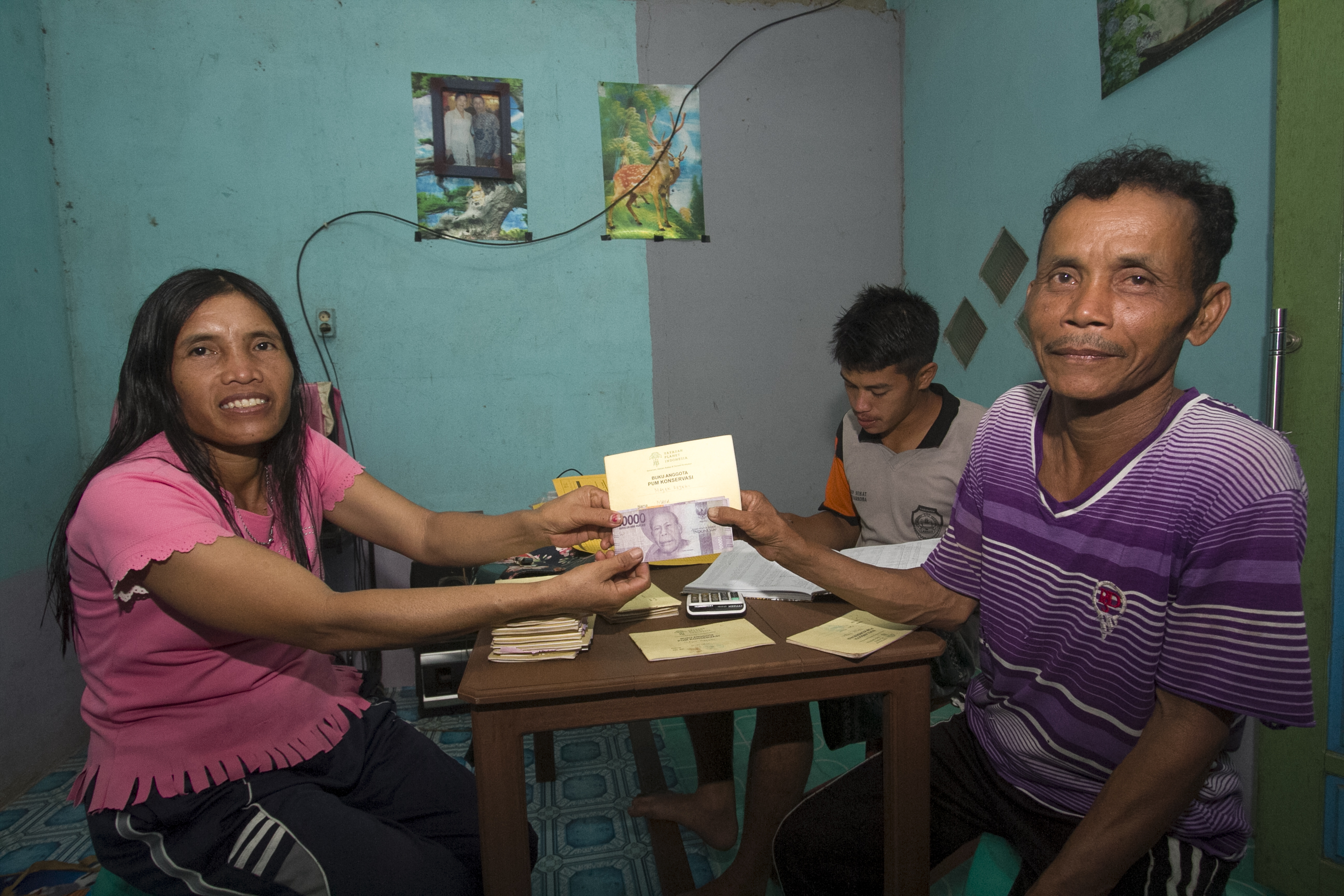In Panama, farms are culturally extensive and without good livestock practices. The management plans that Yaguará Panama seeks to support producers in having a better sustainable use of the land, under intensive management so that the paddocks are small (with more small keepers they walk less and feed better, without spending a lot of energy) and the animals are healthy and in better condition. In the case of cows with calves, a corral is prepared to reduce predation, since we know that the most vulnerable animals are the cows with calves.
Anti-predation measures include: electric fences powered by a solar panel, collars with bells for the cows as an auditory and luminous repellent because they have lights that are activated at night.
The plans have a map of current and future use so that the producer can appreciate the changes and is taught to keep track of what is happening on the farm, only in this way will he be able to see how the changes are occurring and at what point he begins to have a real gain in livestock production.
An important change is that now the paddocks have water for the animals to drink; usually they do not and when the cows go to the river they get stuck or are preyed upon by jaguars.
The lessons learned have been many. The owners of farms in Agua Buena de Chucunaque have been able to see that by managing or moving the animals with small paddocks and having water tubs in them, with improved pasture and keeping records of what happens on the farm, the results are very good.
Now they know that they must see the farm as a small business, only in this way they will be able to see the results of the work they carry out and that it is a dignified work, that well carried out, the family can live much better.
In addition, with the farm management plan they can also opt for loans in the banks of Panama, because now in Panama if someone wants a bank loan for these activities, they require a farm management plan and since they already have it, it is easier for them, they just have to continue advising them.
In addition, they have also learned that it is better to get advice from people who know and this is something that Yaguará Panama will continue to contribute, since the presence of Yaguará Panama in the area will be for a long term.
